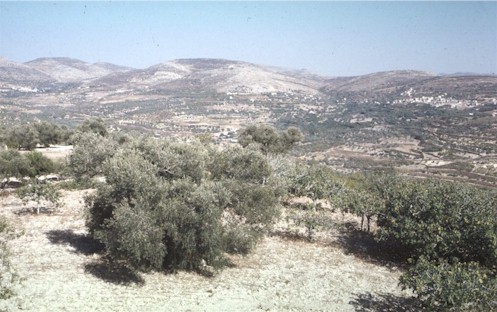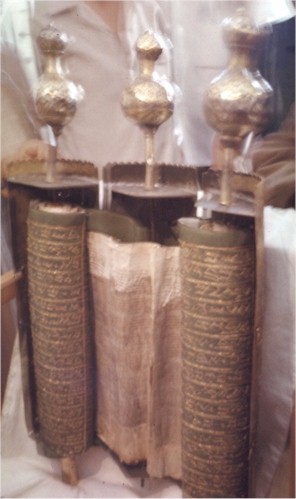

|
hills of Samaria seen from Sebaste (Sabastiya) |
![]()
Province in central Palestine just north of Judea & south of Galilee, named for the capital city of the ancient kingdom of Israel. The northern border with Galilee was relatively fixed by the valley of Jezre'el that ran diagonally from the Mediterranean coast at Carmel towards the Jordan river south of Scythopolis. The southern border with Judea fluctuated over the centuries but in the 1st c. CE extended from just north of Joppa on the Mediterranean to about 10 miles north of Jericho on the Jordan. The region covered an area about 40 miles NS by 35 miles EW. |

|
Samaritan Torah scroll (9th
c. CE),
|
|
![]()
![]()
![]() Perspective
on the World of Jesus
Perspective
on the World of Jesus ![]()
Copyright © 1999-2023 by
Mahlon H. Smith
All rights reserved.
an American Theological
Library Association Selected Religion Website
OCLC catalog no.: 62046512